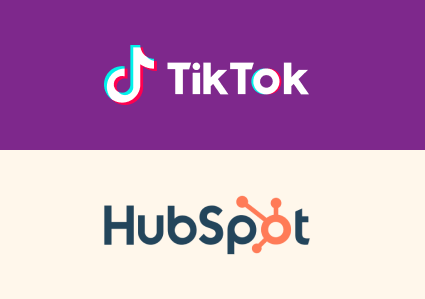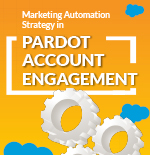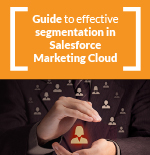I am sure we have all wondered at some point how to assess the quality of contacts in our MailChimp user database, as well as rating our records and then use this data to segment our communications.
Today we want to tell you how to evaluate the quality of the contacts in MailChimp.

The MailChimp Member Rating
The quality of the contacts offered by Mailchimp can be seen in each row and with the information on each record represented by yellow stars. The tool evaluates each record on a scale of 1 to 5 stars, with 5 stars indicating the highest quality. This rating system is known as the Member Rating.
What Does MailChimp Measure with Member Rating? Specifically, Malchimp establishes the level of commitment and activity (engagement) of a specific record in each audience, based on the email marketing campaigns they have received.
Important: If we have multiple audiences in our account and a user appears in both, their quality score may differ for each audience, as MailChimp considers the activity and commitment of that contact in relation to the communications within each audience. Keep in mind that Mailchimp only counts data from email campaigns, excluding automations and activity from forms, social media campaigns, etc.
Rules for Classifying Contact Quality
While we see the final classification of records using the 5-star system, MailChimp internally uses a 16-point scale to build this rating. These points correlate with a translated star value.
As a contact’s engagement and activity increases (email opens, clicks on links, etc), their score will go up or down, and their star rating can change.
MailChimp breaks down engagement based on the frequency of sending our campaigns, i.e., contacts who open monthly emails will get a different score (with more weight) than those who open weekly emails. The system calculates this weighting and translates it into star ratings.
Rating the quality of Mailchimp contacts using the five-star system
|
|
The contact unsubscribed and resubscribed or had emails returned or undelivered. This contact may have sent complaints or is associated with bounces. |
|
|
The contact has no interactions and is not yet engaged. It could be a new contact or one who was previously engaged but no longer interacts with our emails. The idea for this contact is to move up the ladder as their engagement increases. |
|
|
The contact has low interaction and commitment: they click on a link in our campaigns, but infrequently, or perhaps they are a recent contact who hasn’t achieved a high score yet. |
|
|
The contact shows moderate interaction and commitment, regularly opening and clicking in our campaigns.
|
|
|
The contact demonstrates high interaction and commitment. They consistently open and click on our campaigns, making them the most valuable type of contact for our brand or company. |
IMPORTANT: Before making decisions about contacts with 1 or 2 stars, review their interaction history. Some highly engaged contacts may have experienced bounces in specific campaigns.
Now that we understand the meaning of evaluation, let’s determine which users are committed to our brand/company and which ones are not. The latter group includes contacts with low ratings: those who have unsubscribed from our newsletter, marked our emails as spam, or sent complaints—actions that negatively impact our account and email deliverability rate.
However, committed users, starting from the 3-star rating, are very interesting for future segmentations. They actively engage with your campaigns, open your emails, click on links, and are likely to make purchases if your website is an e-commerce platform.

How to use Mailchimp contact quality in my campaigns?
As we have already mentioned, information about contact quality in Mailchimp can be useful for segmenting your audience based on their commitment to your brand or company. You can create additional segments, considering only the quality level, to take specific actions with these users (low, medium, high), by sending them targeted content that aligns with your objectives.
Here are some examples of actions you can take:
- Send some kind of reward to those contacts who interact with our communications, such as a discount or an exclusive promotion -perhaps in the form of a coupon-, and contacts who are users with 4 and 5 stars in their quality rating.
- Re-engage inactive contacts who haven’t been interacting with your communications. We can send users with a low valuation some communication that can make them react and open and click on one of our links. For example, invite them to participate in a sweepstakes or contest, offer them to get some free detail/service/attention…
- Collect information about our campaigns or about our contacts by sending them a survey to find out which products or services are of interest to them, suggestions for improvements, etc. This type of communication can be addressed to both high- and low-quality users, depending on the type of information we wish to receive. For example, we can create a group of beta users with highly rated contacts to test new products or launches that we are going to launch on the market.
- Refine our audience. If there is no reason to keep 1- or 2-star contacts, we can archive these more inactive contacts, which will reduce the number of active records and can lead to cost savings on our subscription plan.
Understanding what each of the quality rating levels of our contacts means is the first step for us to take advantage of the information they provide and find useful ways to encourage them to interact with our communications.











